
08-11-2017, 05:10 PM
|
 |
CC Member

|
|
|
Join Date: Oct 2002
Location: Eagle,
Ne.
Cobra Make, Engine: 1966 Lone Star 427SC.
Posts: 4,310
|
|

 Not Ranked
Not Ranked
 Alumunum Rods In A Street Engine ?
Alumunum Rods In A Street Engine ?
I came across a side oiler with Michael Giannone aluminum rods.
Cool for a light weight racing engine, but how would they be on the street, any problems and why ?
I guess this is one big reason unless you live in Ca., Fl. etc. Where your car is driven all year.
"Do not leave the fasteners torqued for a period greater than 6 months if the connecting rods will be sitting in a box on a shelf or installed in an engine if the engine is going to sit without use. It is good practice to remove all torque and therefore tension and load from the fasteners to avoid housing bore distortion and to avoid over stretching the fasteners beyond yield strength".
__________________
Regards,
Kevin
Last edited by FUNFER2; 08-11-2017 at 05:17 PM..
|

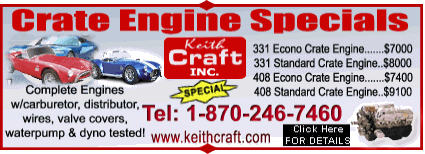
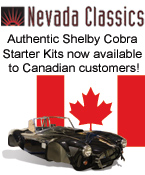

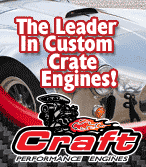



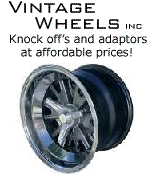




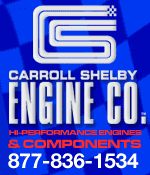
 7Likes
7Likes







 Threaded Mode
Threaded Mode

